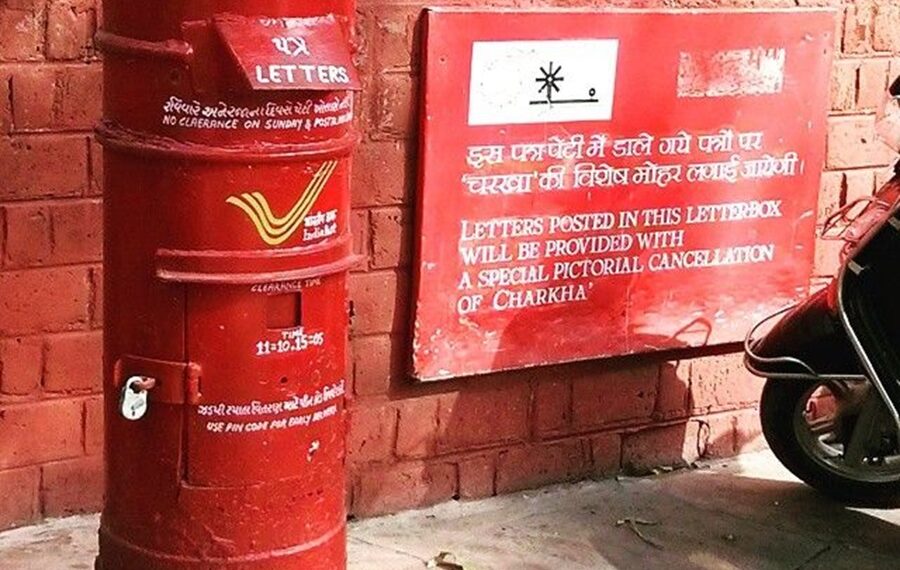In today’s digital age where communication is but a few taps on one’s mobile phones, the old-world charm of a handwritten letter and the anticipatory chime of a postman’s bicycle bell in one’s locality seem almost like relics of a bygone era.
Blame it on technology for reshaping our ways of connection, but the nostalgic allure of dropping a letter into those familiar red post boxes is a memory tinged with sepia tones.
The sight of the red postal vans with “Indian Post” imprinted on them in white, once evoked a kaleidoscope of emotions – reminded expatriates of the warm embrace of home, inspired poets to pen heartfelt verses about their birthplaces, and invoked yearnings in soldiers separated from their families.
The song, Sandese Aate Hain, from the 1997 movie Border, still stands as a proof of the deep emotional ties millions had with these evocative symbols of communication.
For many, the postal service was more than a mere channel of letters. It functioned as a bank, a pension dispensary, and a trusted savings hub, and more. Notably, during the Covid years, it also doubled up into a medical lifeline for India’s remote corners, exemplifying resilience and hope.
Not to forget the quintessential money orders and the “fast-track” telegram service. In 2015, the Indian Postal Service quietly discontinued the traditional money order service, which was an integral part of the department since 1880, facilitating pan-India door-delivery of funds to a payee from over 155,000 post offices.
And two years prior to that in 2013, the government did away with the 160 -year-old telegram service, marking the end of a provision that millions of Indians had relied on for birth and death announcements, college admissions, job appointments or court summons, et al.
Post its discontinuance in July 2013, the Bharat Sanchar Nigam Ltd, which ran the telegram services, issued a rather disheartening message to the country, saying that it had lost over Rs 20 billion in last seven years.
“The losses were mounting. It was not viable to have kept it going much longer,” it had said, as the number of mobile phone users in the country rose to 867 million. Today, the number of mobile phone users in the country stands at a staggering 1 billion mark (as per statista.com) and counting.
Post that, many people had sent telegrams to Kapil Sibal, the then Minister of Telecommunications, pleading not to discontinue the service, but in vain.
However, all is not lost and there is indeed a silver lining. According to data released by the Department of Posts in 2022, there are 1,59, 225 posts offices still operating in the country of which 4,134 are in the Northeast.
ALSO READ 1,500 new post offices to grace Northeast; Meghalaya to get 449
Recently on National Postal Day on October 10, Subrata Das, the Chief Post Master General, during a press conference in Shillong, announced that the Postal Department is set to open 1,500 new post offices in the Northeast within the next three months, with Meghalaya alone being the recipient of 449 of these establishments.
This news is sure to bring smiles to the faces of many in the Northeast, especially those who still fondly remember the scent of ink on handwritten letters, the nostalgic chime of the postman’s bicycle bell, and the bygone urgency of a freshly delivered telegram.















